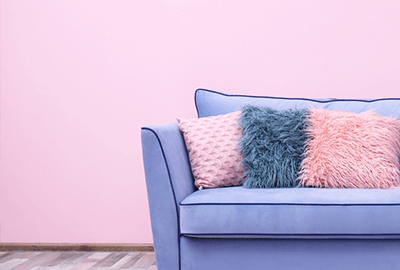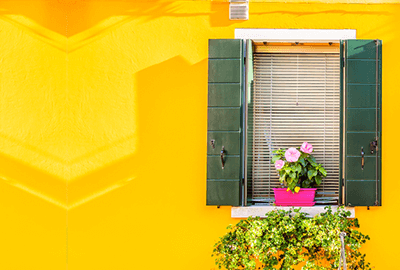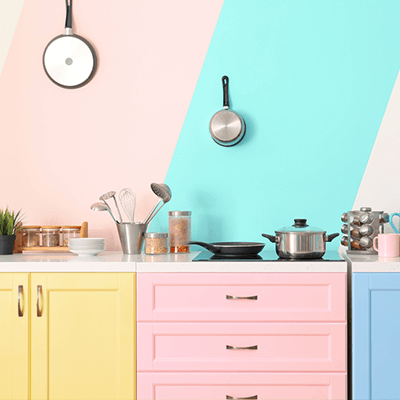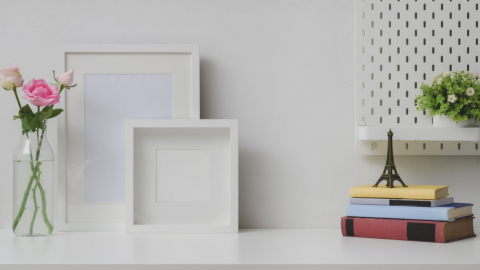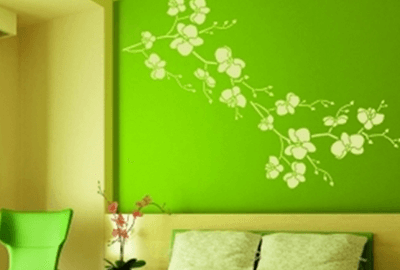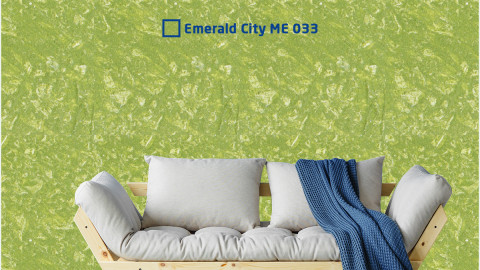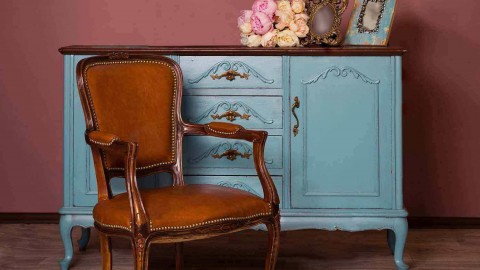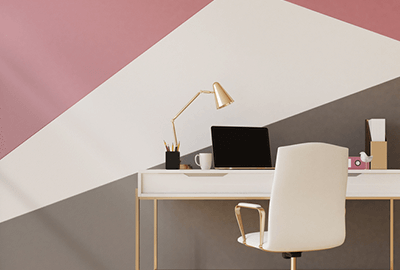Get FREE Wall Inspection & Digital Colour Preview Service
-
Cooler Tones
aswitha aswitha, , Cooler Tones, Inspiration, 0
MILLENNIAL PINK Pink has been stereotyped as a colour associated with the female gender for centuries. As times pass, trends...
-
Vibrant Coloured Walls
aswitha aswitha, , Inspiration, Vibrant colored walls, 0
DAZZLING YELLOW Beautifying our homes with splashy hues are a trend these days adding pops of colour to your...
-
Colourful Kitchen
aswitha aswitha, , COLOURFUL KITCHEN, Inspiration, 0
Redesign your kitchen space with sleek red and orange colours that coordinate with your marble slab and dining space....
-
Matex EZ Wash – Washable Interior Emulsion
Arul, , Inspiration, Wall Paint, eco-friendly paint, Matex EZ Wash, Matex Gold, washable interior emulsion paint, washable paint, washable wall paint, 0
Ever had this happen to you? Ever decided to sit in your living room with a nice cup of...
-
Neon Colours
aswitha aswitha, , Inspiration, NEON COLOURS, 0
Neon Colours Summers inspire us to incorporate neon colors in your interior decor to give our home a trendy...
-
Texture Designs for Wall Painting
Arul, , Inspiration, Trends, 0
The tranquility of green symbolizes not just nature but also renewal and growth. This shade is perfect for your...
-
Vintage Vibes
aswitha aswitha, , Inspiration, 0
Vintage styles reflect a timeless glamour, sense of sophistication, gracefulness, and elegance that is synonymous with the homes of...
-
Wall Prints
aswitha aswitha, , Inspiration, Wall Paint, 0
GEOMETRIC Geometric patterns in home décor might be a thing of the past but the trend keeps evolving over time...

